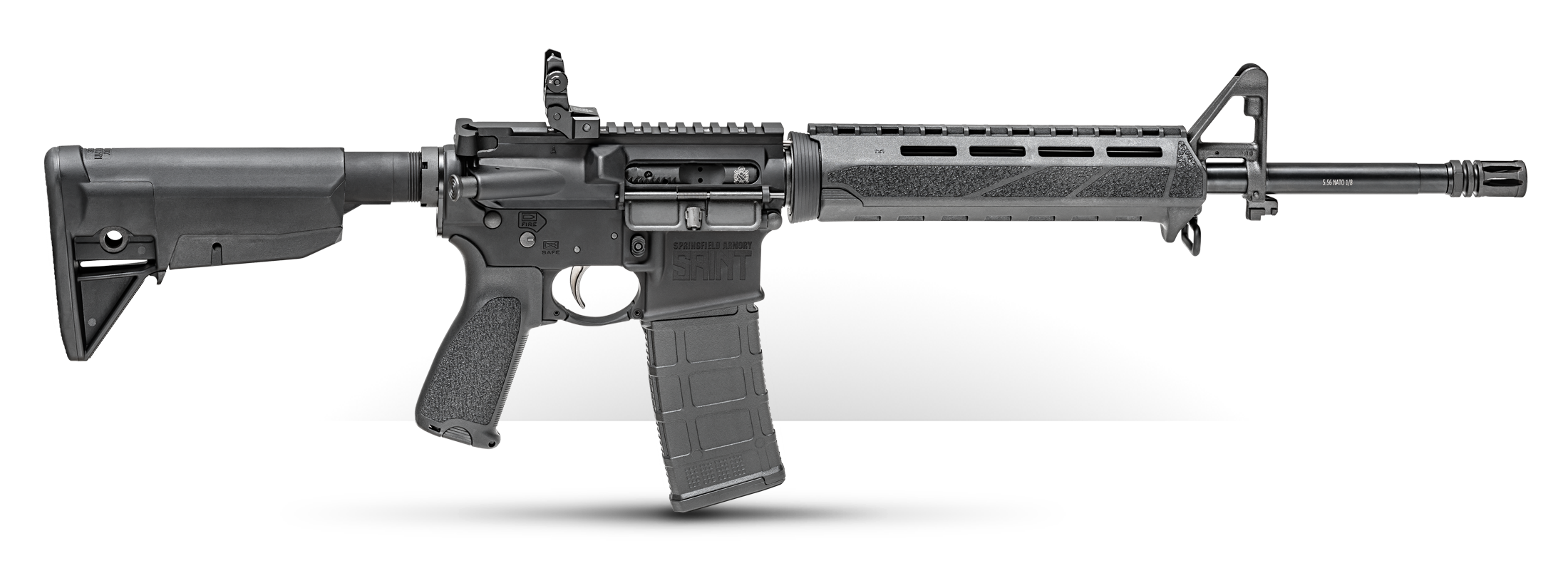What Is Direct Impingement?
October 18th, 2023
5 minute read
Few things are more debated in the firearms world than the benefits of a direct impingement system versus piston operation. In this article, Robert A. Sadowski answers the question of “What is direct impingement?”
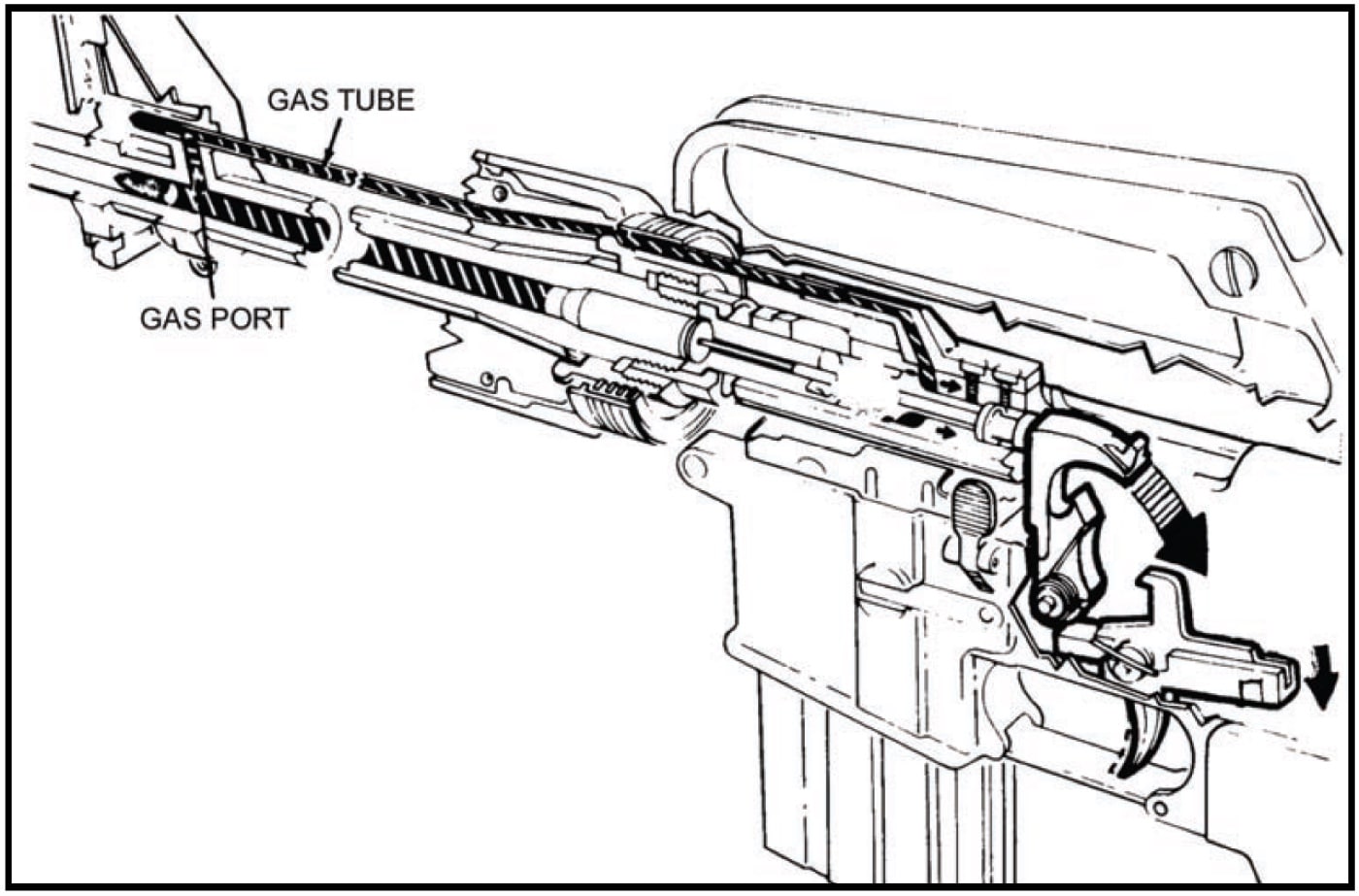
It happens in milliseconds. Faster than you can blink. The cycling and operation of an AR might seem like a mystery, but it’s easier to understand than you might realize. Let’s dive into how an AR cycles, and what its DGIS (direct gas impingement system) actually is.
The Operating System Process
The gas system in the AR-15 uses the high-pressure gas from a fired round to cycle the action. When a shot is fired, a gas port (or small hole) in the barrel vents gas upward through the gas block and into a gas tube along the top of the barrel. The gas flows through the tube, where it passes down through the key and into a space in the BCG (Bolt Carrier Group) between the rear of the carrier’s bolt cavity and the rear of the bolt itself.
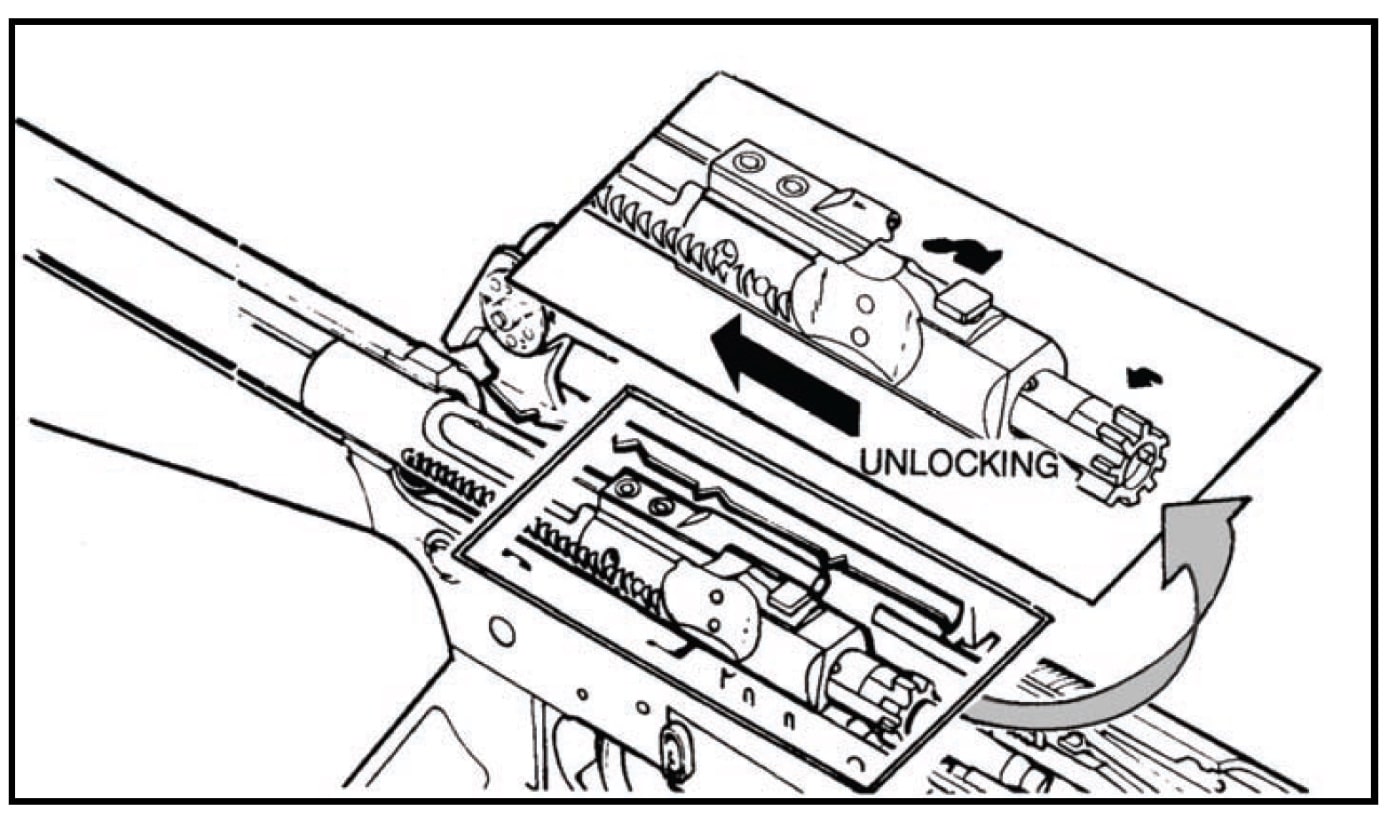
The expanding gas forces the bolt to rotate and lock open as the carrier is forced to the rear and the empty cartridge case is extracted and ejected, and then the hammer is cocked. The action spring in the buffer tube then pushes the BCG forward to chamber a cartridge, and the bolt rotates back in place, locking the cartridge in the chamber for the next shot.
This is the basic operation of the DGIS on standard AR platforms. And while Eugene Stoner and his engineering colleagues get a lot of credit for using DGIS in military rifles, they weren’t actually the first.

The DGIS operating system for firearms has been around since 1906 and, in fact, was used very successfully on the French MAS-49 semi-automatic rifle. These guns were issued to French troops from 1951 to 1979, had a reputation for reliability in poor conditions, and were accurate and easy to maintain. Another European rifle using DGIS was the AG 42, designed and produced in Sweden from 1942 to the 1960s. Egypt licensed the design and called it the Hakim rifle.
Not Really a DGIS?
Spoiler alert! While the MAS-49 and AG 42/Hakim rifle are true direct impingement gas systems where the expanding gas directly impacts on the front on the bolt carrier, the AR-15 is slightly different. Although the AR-15 is commonly referred to as a direct impingement gas system rifle, I would argue it technically is not.
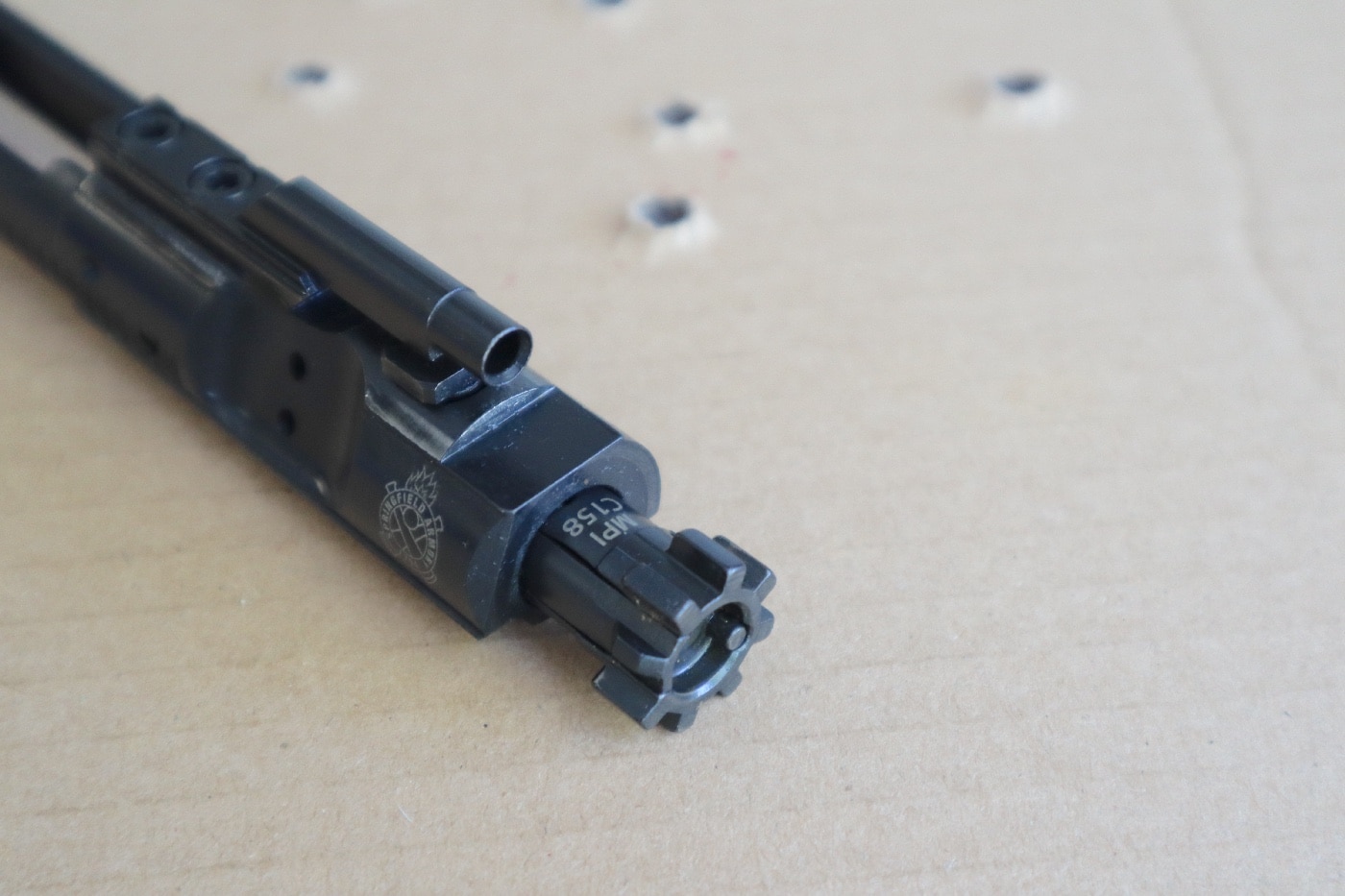
Here is where we start to split hairs. According to U.S. Patent 2,951,424 the AR-15 “is a true expanding gas system instead of the conventional impinging gas system.”
Remember how the expanding gas is funneled into a chamber in the BCG? Ever wonder why you don’t line up the gaps in the three rings on the bolt when you are assembling it? Those rings contain the expanding gas so the bolt acts like a piston inside the BCG, which acts like a sleeve.
Those two holes in the BCG you can see when the BCG is forward and the dustcover is open actually exhaust excess gas from the BCG. So, while it could be debated that the AR-15 uses a gas piston-operated system, it’s routinely called a DGIS. Sorry to burst your bubble.
Direct Impingement vs. Gas Piston
So, what exactly is a gas piston system? A common gas piston-operated rifle is the AK-47. In a gas piston system like this, expanding gas from a fired round is ported from the barrel to a gas block that is attached to a piston. So instead of the gas flowing down a gas tube, in a piston system the gas enters the piston chamber and pushes a piston rearward to drive the action. On an AK, it is a “long stroke” piston that is attached directly to the bolt carrier. In an AR that is modified to operate as a traditional piston-operated gun, usually the piston is a rod that is driven back to strike a raised portion on the BCG and start its momentum rearward.
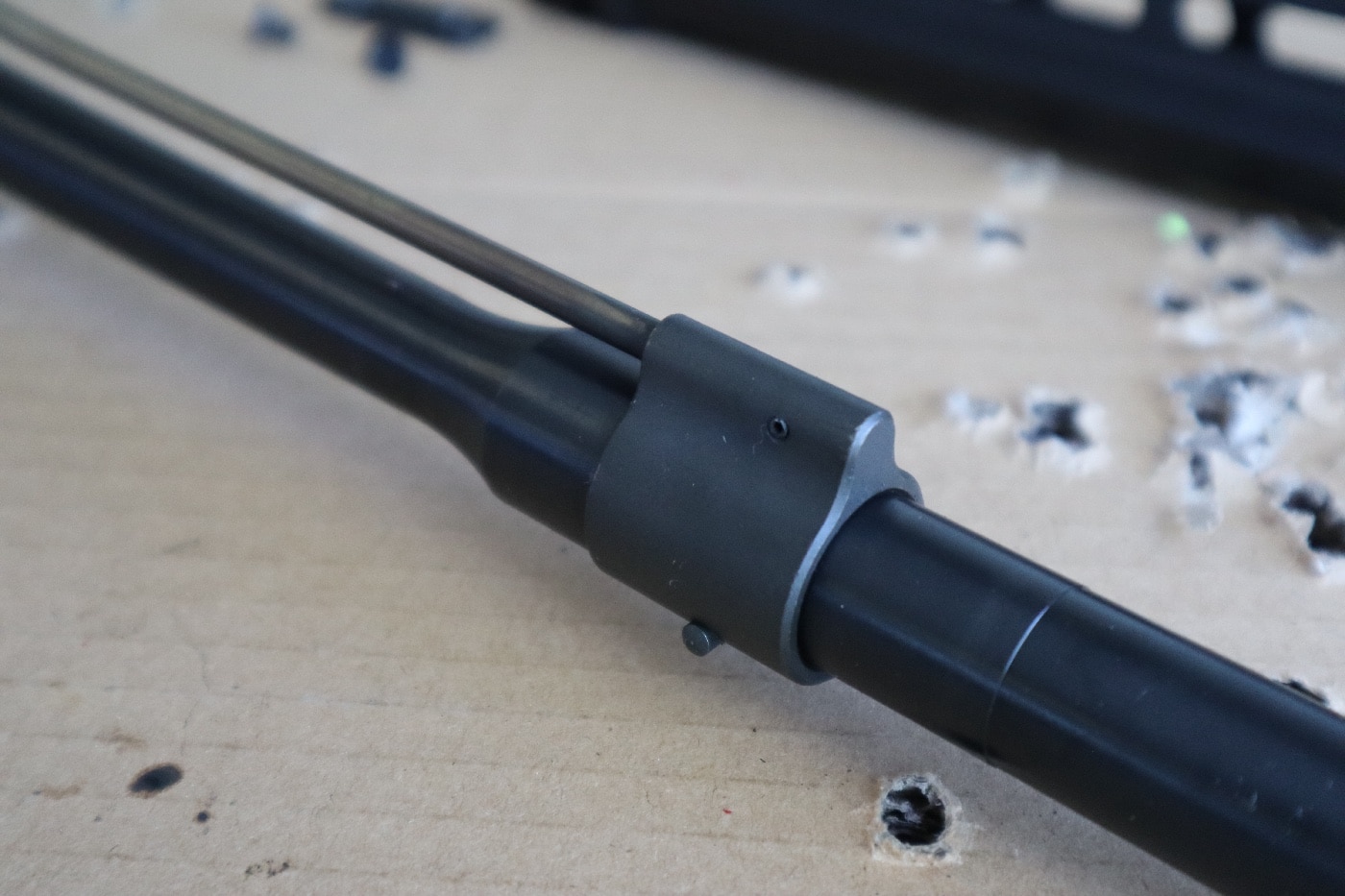
There are pros and cons to both the DGIS and piston systems. The pros of a piston gun are they are less finicky with ammo, and they run cleaner and cooler. The downside is that they are heavier and have less accuracy due to the mass of steel moving back and forth.
The plus side for the AR’s DGIS is that the system has been around for nearly seven decades and has been tweaked, refined and improved. A DGIS AR-15 is a very reliable rifle, plus it is lightweight, accurate and produces less recoil. You need to clean the carbon from the BCG, but that’s just part of maintaining an AR-15.
Conclusion
So there you have it, a consideration of the DGIS of the AR carbine and how it works — and if it is even one. One way or the other, it is a proven design with a lot of advantages — whatever it might technically be!
Editor’s Note: Be sure to check out The Armory Life Forum, where you can comment about our daily articles, as well as just talk guns and gear. Click the “Go To Forum Thread” link below to jump in!
Join the Discussion
Featured in this article
Continue Reading
Did you enjoy this article?

 385
385




